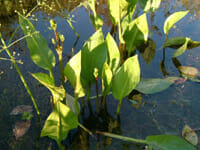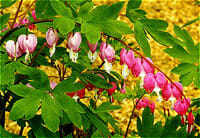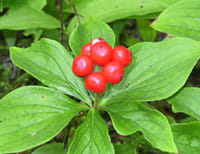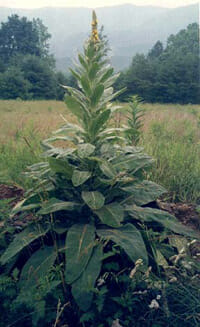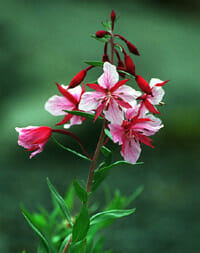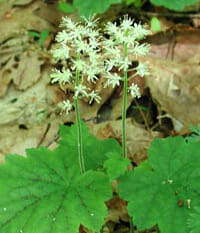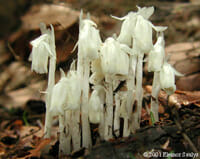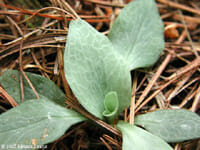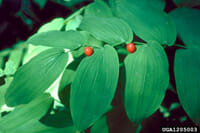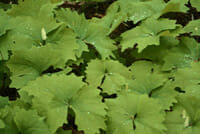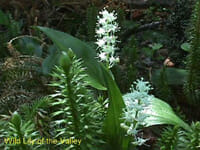Skunk Cabbage
Skunk Cabbage - Arales Araceae Lysichitum americanum Identification & Description: Skunk Cabbage is a large-leafed plant that grows in wet areas, especially near streams, ponds, marshes, and wet woods. It is easy to recognize, with its huge leaves rising directly from the ground. Skunk Cabbage is one of the first plants to bloom in [...]


